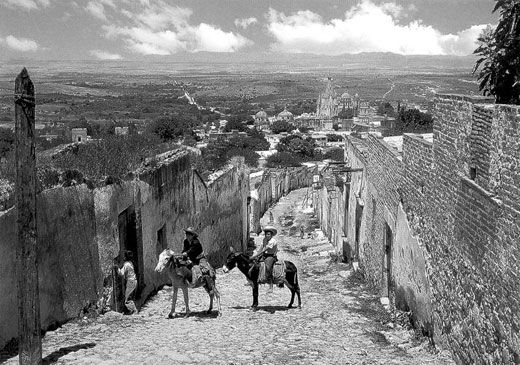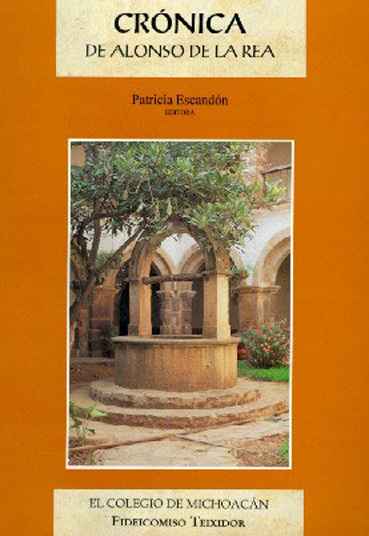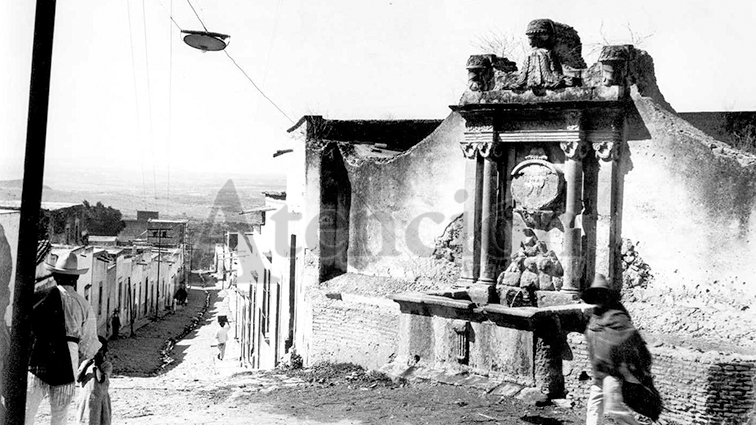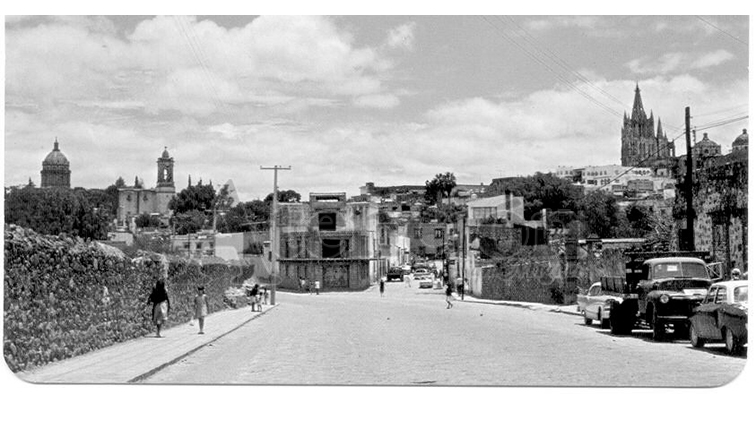Online newspaper Unión Guanajuato (subsidiary of major Mexico City based newspaper El Universal), published today that on October 3, 1542, Fray Juan de San Miguel founded the Villa de San Miguel el Grande, an important crossing point of the Antiguo Camino Real, part of the silver route that connected with Zacatecas and later changed its name to San Miguel de Allende, which would mean that old San Miguel turns 475 today…
According to the Franciscan chronicle of Fray Alonso de la Rea written in 1639, it is inferred that the original site of the settlement was a quarter of a league (1.5 kilometers) towards the west of the current historic center.
Likewise, it is stated that Don Fernando de Tapia declared in 1571 that in addition to being the first settler and founder with his people, natives of San Miguel, he and other settlers established the first monastery in what we know today as San Miguel de Allende.
Crónica de Alonso de la Rea Autor: ESCANDÓN, Patricia (El Colegio de Michoacán)
However, historian Graciela Cruz, in an interview with journalist Jesus Aguado (born and raised in SMA), points out that the exact date of the founding of the city is somehow not clear… this is what Aguado posted on Atención San Miguel six months ago, on Thursday March 30:
The pueblo of the Indios of San Miguel of the Chichimecas has changed. The change is visible in its streets, in its buildings, in its administrative system, and in the people. The pueblo is not visible anymore, it is long gone and forgotten, but there are documents that prove its existence.
There is confusion in the air. On one hand, the local government assures that this year the city of San Miguel de Allende celebrates 475 years since its founding and that the celebrations will be spectacular. On the other hand, city historian Graciela Cruz says that the celebration is for the foundation of the Pueblo de Indios of San Miguel of the Chichimecas, a town that could have cohabited with the Village of San Miguel el Grande, at the time but not in the same space.
The pueblo was inhabited by natives, and the village, by the Spanish.
Fray Juan de San Miguel
Adjacent to the parish of St. Michael the Archangel, there is a statue of a friar, a man from the Franciscan order. According to Cruz, he was born with the century, in 1500. He is responsible for the foundation of dozens of towns, like Chamacuero, Apaseo, San Miguel, Uruapan, and all the towns in the forest.
Cruz notes that, according to the chronicles, Fray Juan traveled the inland with a group of people made up of natives and other friars.
The date is not precise, but Fray Juan could have arrived at the current territory of San Miguel de Allende between 1542 and 1548 to found San Miguel of the Chichimecas, a town that was moved later to the current Chorro, “to the smoky mountain” said Graciela Cruz.
There are two hypothesis of why the town was moved. The first, related Cruz, states that they needed water, a theory that she discards because the pueblo was next to the Laja River. The second—which is more believable—was because the town was attacked by Chichimecas who did not agree with the Spanish presence.
The town was abandoned and founded elsewhere. The chronicles, remarked Cruz, told that Fray Juan de San Miguel used to found towns, build streets, give saints, and began the religious celebrations. Since Fray Juan’s arrival in this city, St. Michael the Archangel has been the patron saint.
He is the saint who is venerated in lands that are founded in the midst of wars. Cruz stated that there are two theories about Fray Juan’s demise. One says that he continued his path to the north of this country and later was killed by bellicose missions.
The other version states that he went back to Uruapan, where his body is located. Graciela Cruz remarked that if a celebration is held, it has to be to honor the friar, and not the city or the village that has nothing to do with the Indians’ town of San Miguel of the Chichimecas.
The sculpture of Fray Juan, adjacent to the church, was placed in 1942 during the celebration of the fourth century “foundation of Indians’ Town.” During that celebration, said Cruz, Manuel Ávila Camacho, President of Mexico, attended, and the Lord of Conquest (which arrived 30 years after the foundation of the town) was carried in a pilgrimage from the Parroquia to San Miguel Viejo.
The sculpture project was requested by the then bishop of León, Emeterio Valverde y Téllez and approved by San Miguel’s parish priest José Mercadillo. The sculpture was done in bronze by artist Fidias Elizondo, and the architectural construction was done by Nicolás Máviz, said Cruz. The sculpture is an allegory of a son receiving the blessing from his father.
The Spanish Village of San Miguel el Grande
The foundation of the village started on December 18, 1555, with the order from Viceroy Luis De Velasco. It continued with the distribution of land and later with the installation of a city council. The village had two starting points.
The first was around the current Plaza de la Soledad, and the other the current Plaza Principal. The mayor had the power of justice among his duties, and he had the administration of public resources as well as the application of justice.
This village was also an alcaldía mayor; it had control of the current territory of San José Iturbide, San Luis de la Paz, Dolores Hidalgo, and San Diego de la Unión. When did the Pueblo of the Indios disappear? Cruz made special emphasis on not to confuse the Pueblo with the Village.
The Pueblo existed earlier, and it was inhabited by natives with their own traditions, legal, and economical systems, and their own natural resources. The Village was inhabited by the Spanish and had its city council. Later, the city council no longer acknowledged the independence of the town, and it disappeared or was simply absorbed by the village.
San Miguel Allende was appointed as a city in 1826. For Graciela Cruz, the best way of celebrating the existence of this territory is to acknowledge that the Indians’ Town existed before the village and to recognize the history that was lost in the time. Even if autonomy could be given to the indigenous communities to celebrate, that would be wonderful, said Cruz.
SMT Newsroom with information from Atención San Miguel and Unión Guanajuato




